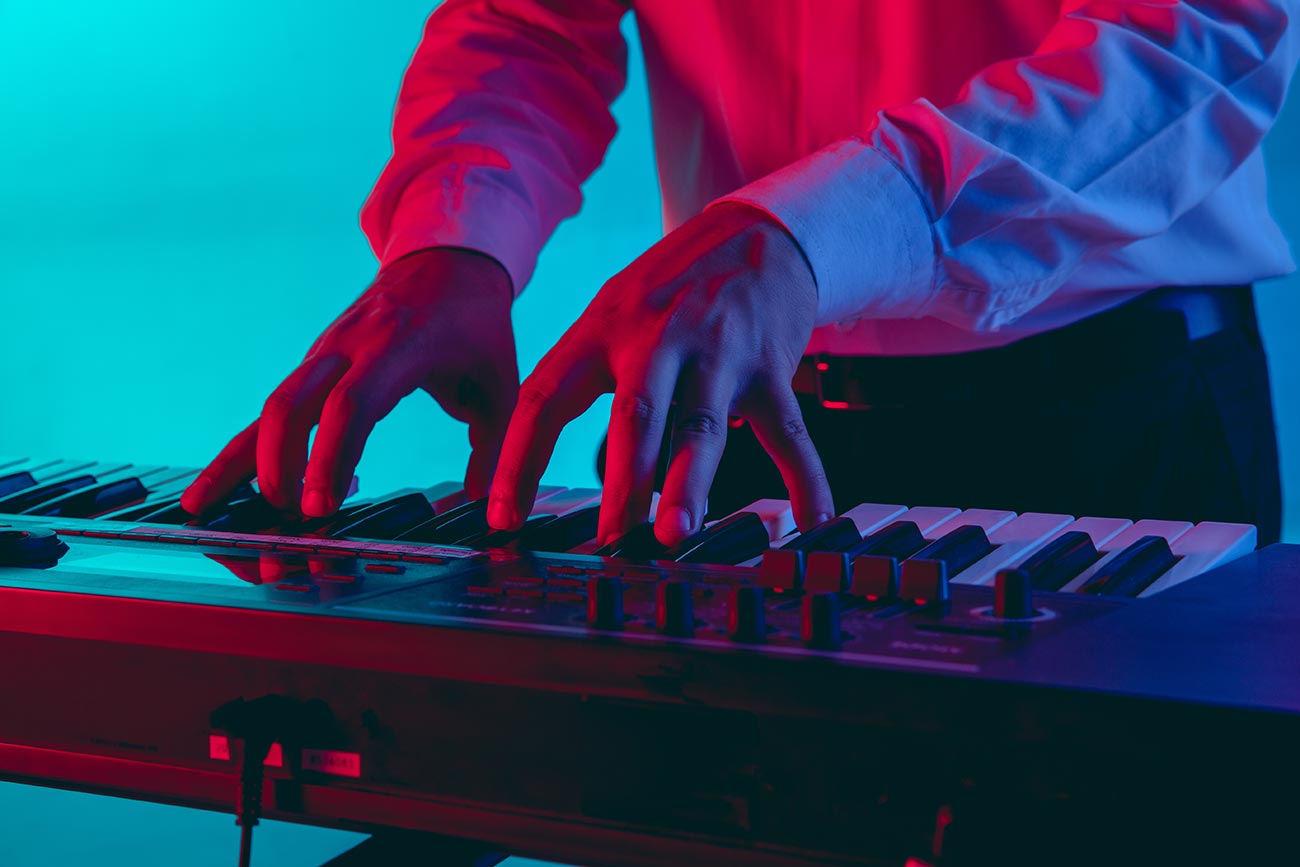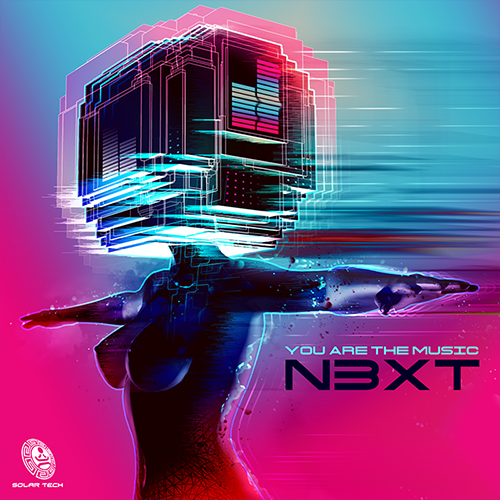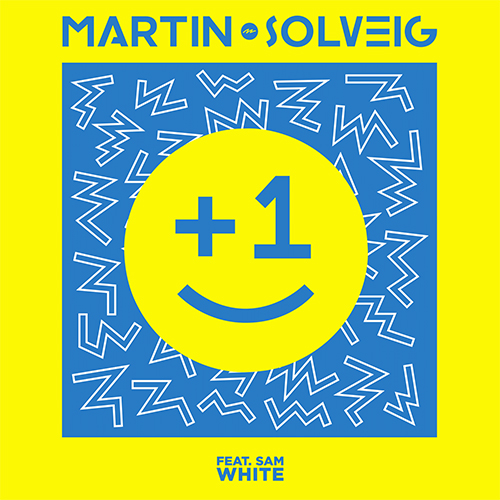-
 play_arrow
play_arrow
Clubalicious Clubalicious Radio
-
 play_arrow
play_arrow
London Calling Podcast Yana Bolder

Hollywood, CA (April 14, 2025)—Over the last several years, various record labels have been working hard to remix back-catalog recordings for immersive presentation on streaming platforms such as Apple Music, Amazon Music Unlimited and Tidal HiFi. But when are we going to start hearing new projects conceived, written, recorded and mixed specifically for some form of spatial playback?
The short answer is that such projects do exist, but they are still relatively few and far between. Of course, there are all sorts of challenges associated with adapting traditional stereo or 5.1 recording methods for the new immersive formats, especially for certain types of music and instrumentation.
Nonetheless, one straightforward approach to immersive recording is to put a group of musicians playing acoustic instruments in a room and capture the results using a microphone array such as the Fukada Tree, Hamasaki Square, 2L Cube or some other configuration.
At a daylong recording session at EastWest Studios in Hollywood during this year’s NAMM Show, Adrian Weidmann, CEO of Immersive Design Labs, demonstrated one such livetracking workflow using the company’s wares. IDL, which launched in August 2024 and is based in Minnesota, offers just a handful of products: an omni-directional, measurement-grade microphone with either a half-inch (IDL-3561) or one-inch (IDL-3562) capsule (also available in boxed sets of matching pairs), a carbon fiber immersive 7.0.4 mic-mounting array, and a stereo bar.

PROOF OF CONCEPT—GOING LIVE
Weidmann started out as a mechanical engineering student at the University of Wisconsin, Madison, beginning in the late 1970s and working on Wisconsin Public Radio live radio productions in his spare time. He went on to work in Denmark for sound measurement specialists Brüel & Kjær for nearly 10 years before joining AMS Neve, where he was director of sales and marketing until 1998. He then spent the next few decades in other industries.
Last year, Weidmann was persuaded to return to audio and help capture part of the mic market. Based on his previous pro-audio expertise, he decided the best way to convince people to jump into immersive recording was to demonstrate it. “I’ve got to educate people,” he says.
IDL’s first demo day was during the 2024 AES Convention, when Weidmann organized a tracking session in the big room at Power Station at BerkleeNYC. He engaged singer-songwriter Willy Porter, a Wisconsin-based musician who just happened to be touring the Northeast, to perform. Porter introduced Weidmann to his friend Neil Dorfsman, who engineered the session.
Mix Nashville Returns May 17! Early Bird Passes Available
Weidmann next booked a day at EastWest Studios in Hollywood for late January, inviting NAMM attendees to witness the event. He brought in Matt Wallace and Will Kennedy, who have extensive experience working in Dolby Atmos, to engineer, produce and mix the tracking session, which once again featured Porter and his band. Kali Audio installed and tuned a 7.1.4 monitor setup in Studio One’s control room, comprising seven SM-5 speakers on the horizontal plane, with four IN-8s overhead plus a pair of WS-6.2 subwoofers.
With so much to do in just one day, the engineers chose to divide and conquer. “I said to Matt, ‘You take care of everything from the microphones to the console, and I’ll take care of everything from the console to the speakers,’” Kennedy recounts. “Normally, on a tracking date, the hard part is getting the microphones set and getting the musicians comfortable, and the control room stuff is a little less fraught. While Matt was handling all of the musician- and microphone-centric stuff, I was working with the Kali Audio folks on getting the speakers set up properly.”
COME BACK TOMORROW FOR THE CONCLUSION!
Written by: Admin
Similar posts
Recent Posts
- 🎶 New Music: JID, OneRepublic, Morgan Wallen, Post Malone, MarkCutz, Kidd Spin + More!
- Classic Tracks: The Fireballs’ “Sugar Shack”
- Classic Tracks: Arlo Guthrie’s “City of New Orleans”
- Classic Track: k.d. lang’s “Constant Craving”
- Classic Tracks: Waylon Jennings’ “Are You Sure Hank Done It This Way”
Recent Comments
No comments to show.Featured post

Latest posts

🎶 New Music: JID, OneRepublic, Morgan Wallen, Post Malone, MarkCutz, Kidd Spin + More!

Classic Tracks: The Fireballs’ “Sugar Shack”

Classic Tracks: Arlo Guthrie’s “City of New Orleans”

Classic Track: k.d. lang’s “Constant Craving”

Classic Tracks: Waylon Jennings’ “Are You Sure Hank Done It This Way”
Current show

Made To Move
Jacob Colon
‘Made To Move’ is the home of Jacob Colon – one of the most reliable set of ears in the music world when it comes to the very best in new and upcoming House music of all shapes and sizes. Jacob’s show is laced with Tribal, Tech, Deep and other varieties of the style of electronic music that he knows and loves so well. With top level guests and features that showcase the latest movers and shakers in the House music world – you’ll want to lock into ‘Made To Move’ each week for the quintessential House music experience. Curabitur id lacus felis. Sed justo mauris, auctor eget tellus nec, pellentesque varius mauris. Sed eu congue nulla, et tincidunt justo. Aliquam semper faucibus odio id varius. Suspendisse varius laoreet sodales.
closeUpcoming shows

Chase The Night
Mimick
20:00 - 22:00
It’s A London Thing!
Ginger Tim
22:00 - 00:00
It’s A London Thing!
Ginger Tim
00:00 - 01:00
Fresh Is Fresh
THIS WEEKS HOTTEST DANCE RELEASES FROM DEE JAY PROMOTIONS
01:00 - 09:00
Fresh Is Fresh
THIS WEEKS HOTTEST DANCE RELEASES FROM DEE JAY PROMOTIONS
11:00 - 16:00Chart







